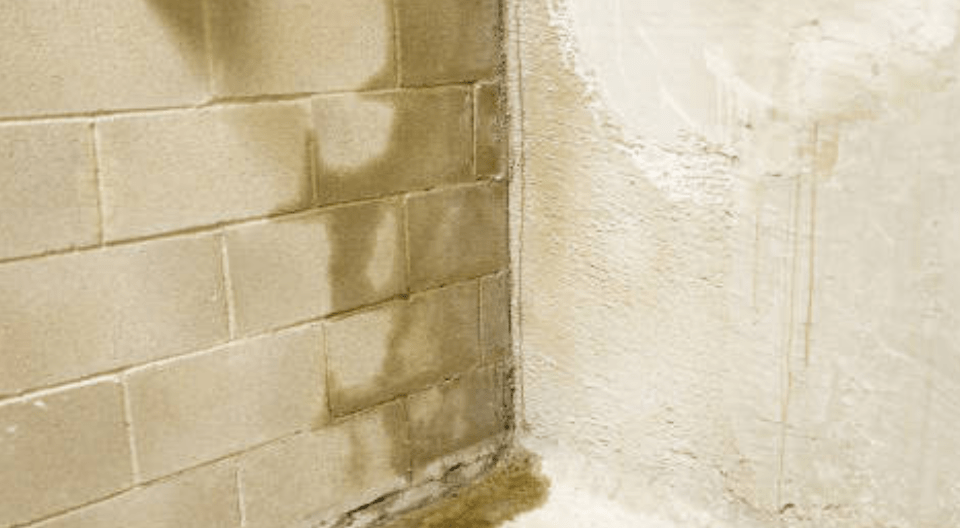
Wall Seepage Treatment: Causes and Solutions
Monsoon blues got you down? Not just because of the gloomy skies, but because of the dreaded wall seepage treatment woes? You’re not alone. Walls turning into waterfalls is a common problem many homeowners face during the rainy season. But fear not,this blog is your one-stop guide to understanding the causes of water seepage treatment and the best solutions to keep your home dry and comfortable.
Understanding Wall Seepage
Wall seepage occurs when water finds its way through cracks, gaps, or Joints in your walls, causing dampness, mold growth, and even structural damage. Left untreated, it can lead to a host of problems, impacting not just the aesthetics of your home but also your health.
Common Causes of Wall Seepage
Several factors can contribute to wall seepage, and identifying the root cause is crucial for effective wall seepage treatment. Here are some of the most common culprits:
- External Causes:
- Faulty drainage: Clogged gutters, overflowing roof drain pipes, or improper landscaping that slopes towards your house can cause rainwater to accumulate around the foundation, eventually seeping into the walls.
- Cracked exteriors: Cracks in the external walls, roof, or railings can act as entry points for rainwater, leading to seepage.
- Missing or damaged waterproofing: Over time, the waterproofing membrane on your exterior walls can deteriorate, allowing moisture to penetrate.
- Internal Causes:
- Leaking pipes: Faulty plumbing, especially behind walls, can cause water to leak and seep into the walls.
- Condensation: Poor ventilation, particularly in kitchens and bathrooms, can lead to excessive moisture buildup, causing condensation and seepage on walls.
- Defective construction: Poor construction practices, such as using low-quality materials or improper waterproofing techniques, can make walls more susceptible to seepage.
Signs of Wall Seepage
Early detection is key to preventing extensive damage from water seepage in walls treatment. Here are some signs to watch out for:
- Visible dampness: Look for water stains, dark patches, or peeling paint on your walls. These are clear indicators of moisture ingress.
- Mold growth: A damp environment is a breeding ground for mold. If you notice mold spots on your walls, it’s a strong sign of seepage.
- Musty odor: A persistent musty smell in your home can indicate the presence of mold and moisture due to seepage.
- Flaking plaster: Water seepage can weaken the RCC plaster and on your walls, causing it to crack and flake.
- Damp floors: If the seepage is severe, you might even notice dampness on the floor near affected walls.
Solutions for Wall Seepage Treatment
Once you’ve identified the source of the seepage, it’s time to take action. Here are some effective wall seepage treatment solutions:
1. Addressing External Causes:
- Improve drainage: Regularly clean gutters and roof drain pipes. Ensure proper slopes around your house to direct water away from the foundation.
- Repair cracks: Seal any cracks in the exterior walls, roof, or parapets with a crack filler paste or a suitable sealant.
- Re-waterproofing: If the existing waterproofing on your exterior walls is compromised, consider re-waterproofing the affected areas with a high-quality waterproofing membrane.
2. Tackling Internal Causes:
- Fix leaky pipes: Promptly repair any leaks in pipes behind walls. This might involve calling a professional plumber.
- Enhance ventilation: Install exhaust fans in kitchens and bathrooms to remove excess moisture and prevent condensation.
- Use a dehumidifier: In areas with high humidity, a dehumidifier can help to control moisture levels and prevent condensation.
3. Additional Measures:
- Apply a waterproof coating: Consider applying a waterproof coating to the interior walls in areas prone to seepage.
- Invest in a cavity wall: If you’re planning major renovations, consider building a cavity wall, which creates a space between the inner and outer walls, preventing moisture transmission.
- Regular maintenance: Regularly inspect your walls, roof, and drainage system for any signs of damage or leaks. Prompt repairs can go a long way in preventing future seepage problems.
4. When to Call a Professional:
While some wall seepage treatment solutions can be DIY projects, more complex issues like extensive cracks, severe water damage, or hidden leaks might require professional intervention. A qualified waterproofing contractor can assess the situation, recommend the most suitable solution, and provide long-lasting repairs.
Conclusion: Keeping Your Walls Dry and Healthy
By understanding the causes of wall seepage and implementing the right wall seepage treatment solutions, you can effectively combat dampness and keep your home dry and healthy. Remember, early detection is key. If you notice any signs of seepage, like water stains or cracks, address them promptly. For minor cracks, a DIY approach using a high-quality wall crack repair product might suffice. However, for extensive cracks, severe water damage, or hidden leaks, don’t hesitate to call a professional waterproofing contractor. Their expertise can ensure long-lasting repairs and prevent further problems.
With a little vigilance and the right solutions, you can say goodbye to wall seepage and hello to a comfortable, dry home environment!

